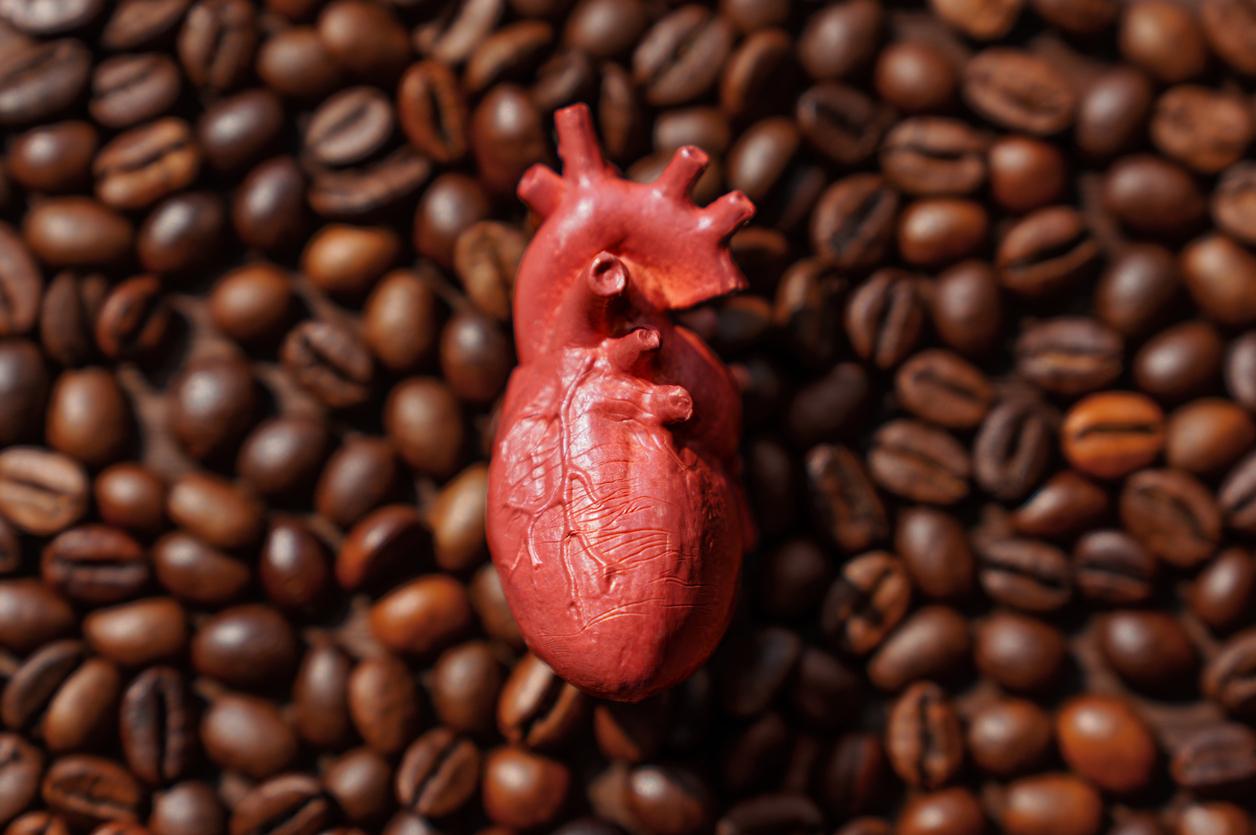Rheumatism is a disease that causes swelling and inflammation in the tissues around the joints.
The skeleton is the frame of the body and it protects the internal organs. A joint is a connection between two or more bones that allows movement and flexibility of these bones. Joints are complex structures made up of different tissue types. The joints and tendons are covered by ligaments. These provide support and prevent dislocation and injury.
Cartilage is a soft and strong material that covers the connecting surfaces of bones. This tissue protects the joints and ensures that there is no friction when the bones slide against each other. The synovial membranes cover the joints and secrete synovial fluid. The synovial fluid reduces bone wear and eases the movements of a joint.
Rheumatoid arthritis (RA) is an autoimmune disease: the body’s own immune cells attack the fluid-secreting membrane that lines the joints. This can cause swelling, stiffness and pain. Inflammation can also develop in tissues around the joints, such as ligaments, tendons and muscles.
Chronic rheumatoid arthritis can last for a long time and is one of many chronic rheumatic diseases. Treatment for RA includes medications such as non-steroidal anti-inflammatory drugs (NSAIDs), corticosteroids, and disease-modifying anti-rheumatic drugs (DMARDs).

















